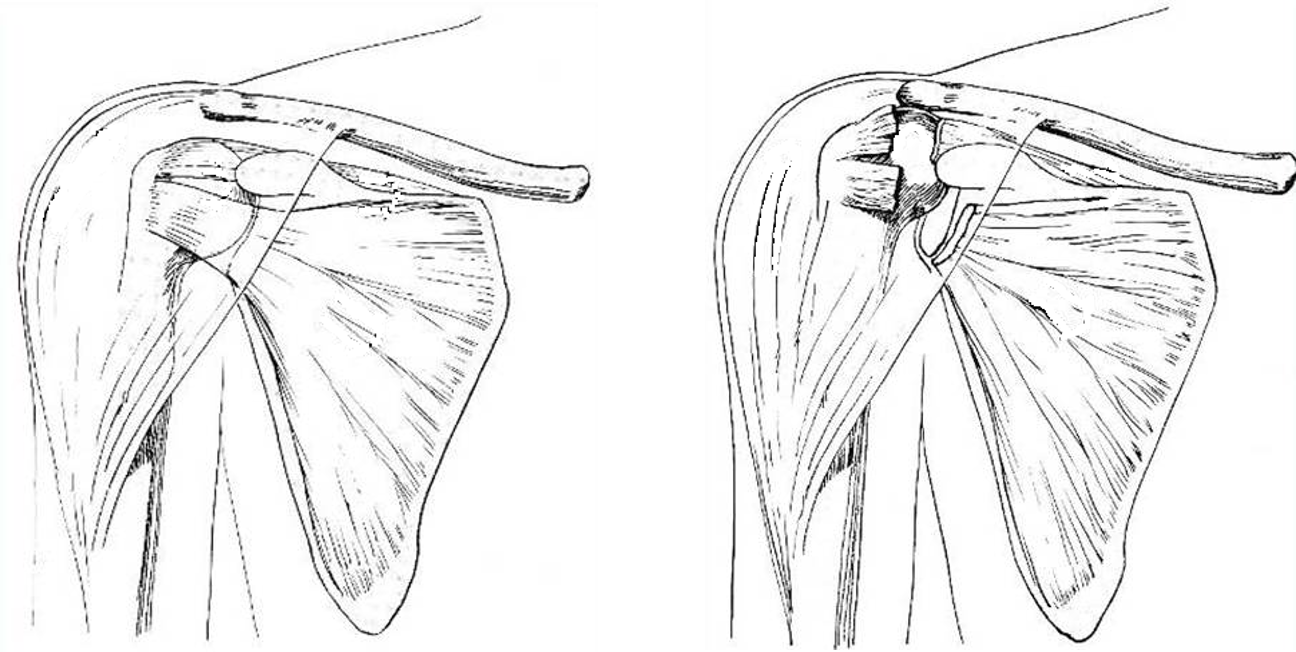Balloon Arthroplasty for Massive Rotator Cuff Repairs

Balloon arthroplasty is a newly FDA-approved technique that provides a minimally invasive alternative to other rotator cuff operations. Restoration Orthopaedics is excited to deliver a new and improved solution for patients with rotator cuff injuries who qualify for the new procedure.
When it was first released in Europe in 2010, balloon arthroplasty proved to be cost-effective and low-risk. It was later cleared by the FDA in the summer of 2021, which means it can now help the two million Americans who suffer from rotator cuff problems each year. Our board-certified surgeon, Dr. Jesse W. Allert received specific training to successfully perform balloon arthroplasties.
However, not everyone with a shoulder injury is eligible for balloon arthroplasty. The FDA specifically approves (a) patients aged 65 years and older who have rotator cuff degradation and mild-to-moderate shoulder osteoarthritis and (b) patients with massive irreparable rotator cuff tears (MIRCT).
MIRCT and other rotator cuff damage can be caused by sudden falls or injuries, as well as subtle repeated movements over time. Depending on the intensity of the damage, orthopaedic treatment might include non-operative care like physical therapy, or operative care, like shoulder reconstruction or shoulder replacement. Now, with balloon arthroplasty becoming more widely available, many patients with MIRCT and shoulder osteoarthritis can avoid or postpone a reverse shoulder arthroplasty.
How does balloon arthroplasty work?
Balloon arthroplasty is a minimally invasive arthroscopic procedure that requires general anesthesia with regional or local anesthesia. In this sense, it’s similar to standard rotator cuff surgeries. It works by inserting a biodegradable balloon implant, also known as a subacromial interpositional balloon spacer, between the upper shoulder and the ball-and-socket joint.
In other words, a saline solution-filled balloon gets placed into the shoulder, below the outer edge of the scapula or shoulder blade. This creates space that resembles the naturally occurring bursa, the fluid-filled sac that becomes inflamed when the rotator cuff tears.
This replacement bursa ensures that the shoulder joints are cushioned and protected from painful friction. It also helps reverse the movement of the humerus bone that occurs when the rotator cuff tears. As a result, the shoulder muscles regain proper support, pain decreases, and mobility increases.
It may be time to see an orthopaedic surgeon if your shoulder pain is interrupting your daily lifestyle. To make an appointment with Dr. Allert, call Restoration Orthopaedics at 201-226-0145, or send us a message.
